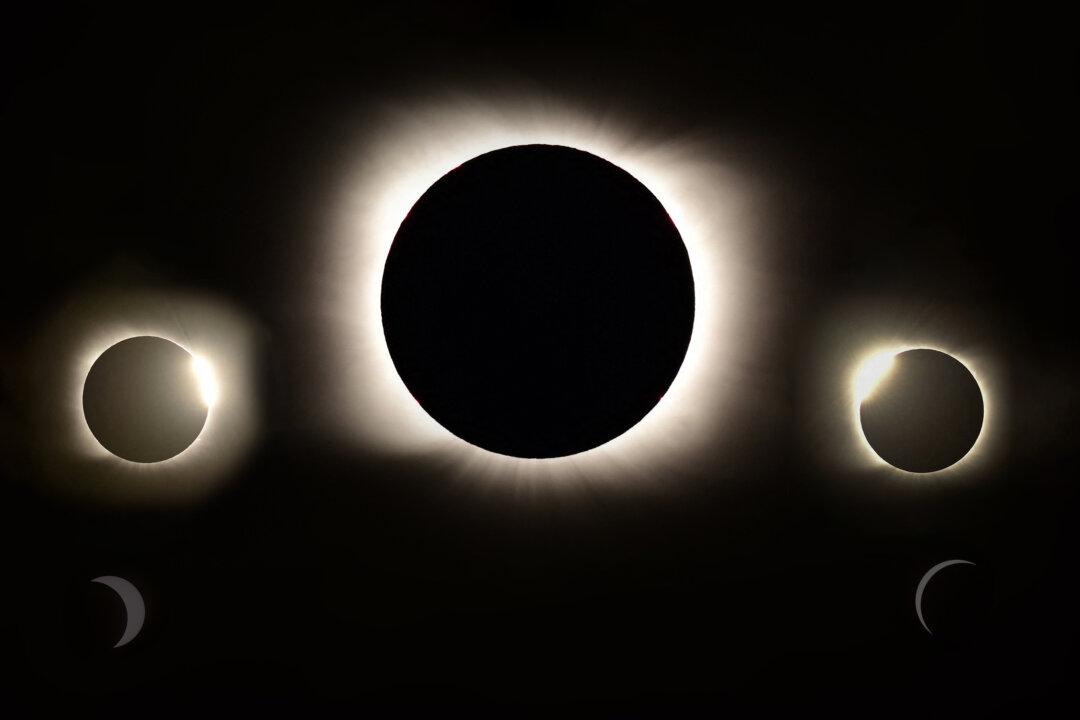People across much of central and eastern Canada will have the chance to witness a rare total solar eclipse April 8.
The rarity of the event has eclipse enthusiasts booking hotel rooms in premium viewing areas like Niagara Falls, Hamilton, and Kingston in Ontario, and Montreal and Sherbrooke in Quebec.





